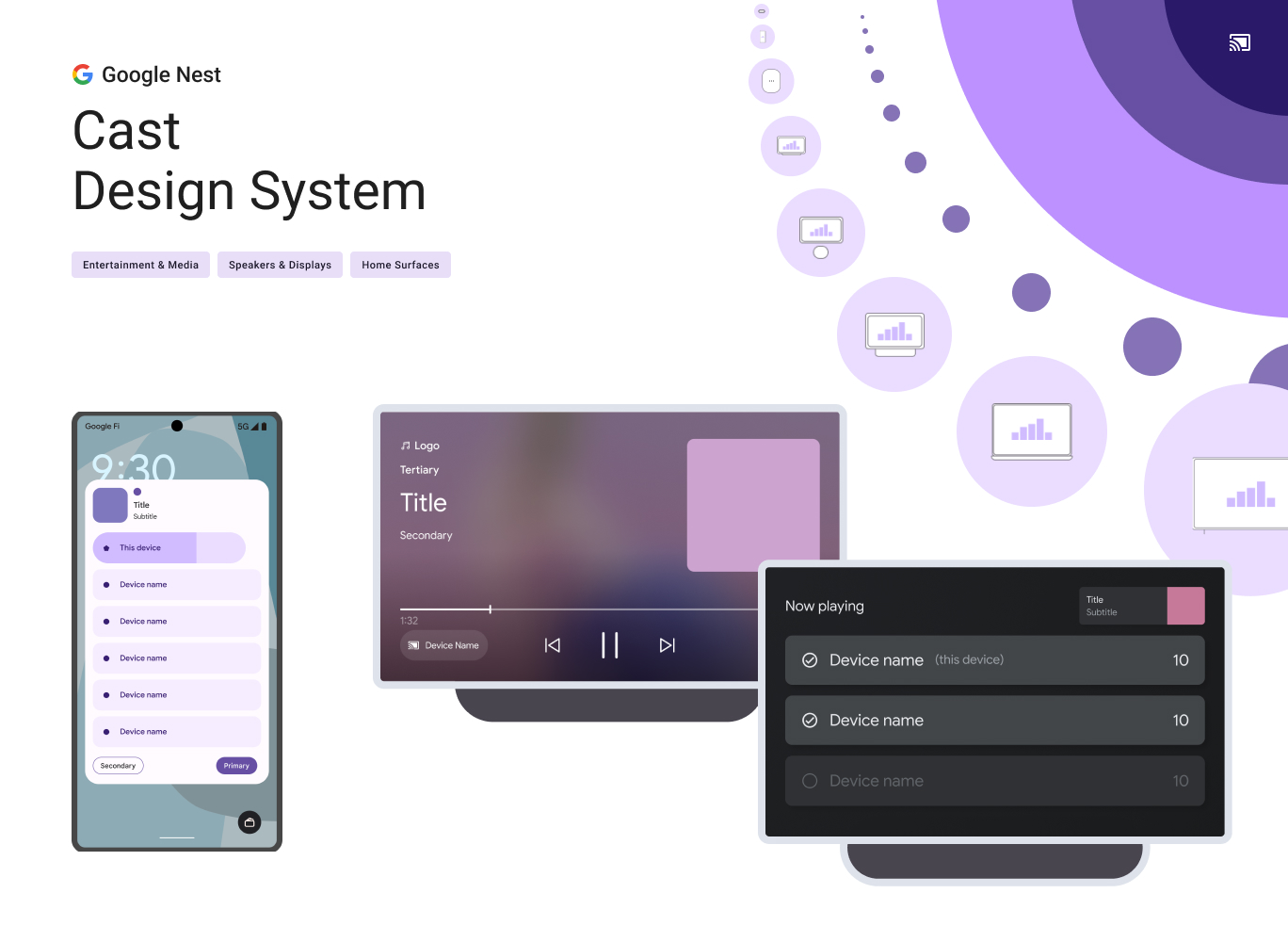RESEARCH & PLANNING
Establishing design requirements and milestones as the first step for steady system growth and timeline accuracy. Establishing the system’s core principles, using the team’s main needs, hopes and fears as guiding lights. Developing testing, intake, and sunsetting flows to ensure bug-free deliveries and updates.
A comprehensive audit of existing system elements is needed to establish the scope of the system work. Missing elements are recorded, broken down into lists of requirements, and used to update roadmaps and milestone releases.
DESIGN & DOCUMENT
Grid systems, typography, color and elevation styles, iconography sets, and branding guidelines have to be developed in preliminary stages of design. Spinning up variants of complex components, constructing flexible templates with customizable components, built to account for scalability and responsiveness. To ensure correct implementation and development, each element must also be documented with detailed usage guidelines and specifications.
TESTING & EDUCATION
Stickersheets for easy access to the pattern library, testing components for bugs and new features to cultivate design system adoption and accuracy. Successful adoption requires the team’s understanding and proper use of components, by holding workshops and office hours following large releases and updates.
OUTCOME
After a short five months, the team was able to accomplish a tremendous amount of work, and was successful in making a long-lasting foundational impact on the organization’s digital ecosystem:
9 guidelines on components /
A data visualization color palette /
24 sets of new components and variants /
3 hands-on workshops /
Confluence counterpart to the design system /









